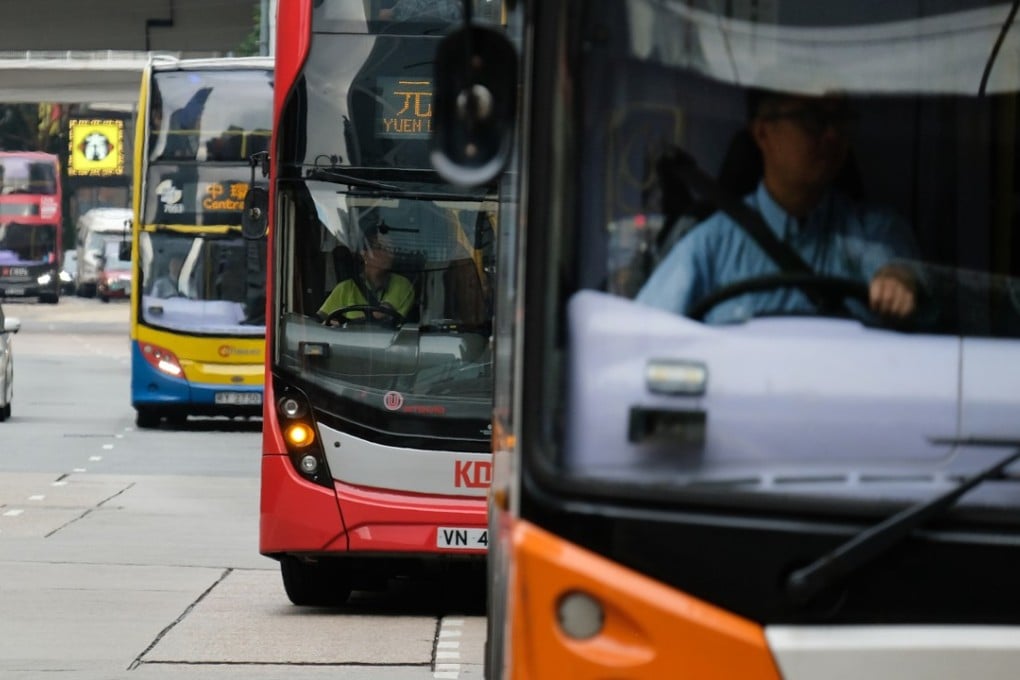Letters | Can Hong Kong follow Dublin and get smart on bus services and traffic jams?
- All franchised bus companies should provide machine-readable data about their services to the government
- The government should provide bus companies with more financial support to invest in big data technologies

In 2017, the Transport Department received about 4,600 complaints related to the regularity and frequency, including carrying capacity, of franchised buses. The department was not able to investigate all the cases thoroughly, as it conducted 1,830 surveys on the bus services in 2017. Instead of relying on occasional surveys and complaints from the public, the department should request real-time data from the bus companies to ensure the quality of bus services and improve the traffic conditions of Hong Kong.
Using GPS technology, the five franchised bus companies have already made available their estimated time of arrival (ETA) information to passengers through their mobile phone apps. Yet, only New Lantau Bus Company has provided its application programming interface (API) through which the government can access the ETA information and release it via its smartphone app, HKeMobility.
To facilitate more comprehensive monitoring of the frequencies of bus services, all franchised bus companies should provide machine-readable data about their services to the government.
In addition to ETA data, the bus companies should also provide real-time bus location data that can be used to study the patterns of traffic flow during rush hours.
Collaborating with IBM, the City Council of Dublin was able to monitor the entire bus network through analysing the real-time geo-spatial data from 1,000 buses. With the monitoring system, the council could deploy traffic-calming measures effectively, by identifying the causes of traffic congestion in real time. Informed by the insights from the system, the council could also add additional bus-only lanes and optimise traffic signal timing for buses to improve traffic flow during rush hours.